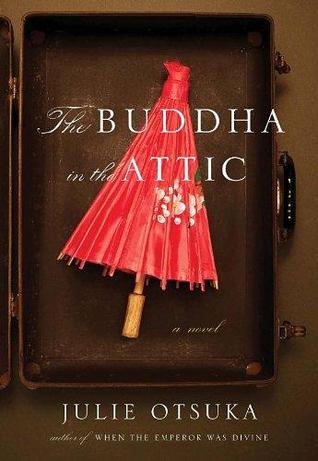 The Book of Strange New Things
The Book of Strange New Things
by
I loved his short novella The Hundred and Ninety Nine Steps (see my review).
This is Faber’s first novel in 14 years and sadly it looks like he isn’t going to write another. I say sadly because this one had me with the first chapter – Peter and Bea are en route the Heathrow where Peter is flying to Houston and then onwards, on some evangelical religious mission, leaving Bea at home with Joshua, their cat. You know instantly how well this couple work together on emotional, social and sexual level, presumably a marriage of a reasonable length and intensity, although no kids and presumably still young enough to follow your faith into the wilds.
But the wilds you expect are not the wilds of the story. As Peter continues his travel south to Florida we realise we are in a time when “astronaut” is an old fashioned word, where a faceless global corporation USIC controls so much and has hired Peter after a series of medicals and probing questions which reminded me of VSO initial assessment interviews. Then as the nurse injects him with something he and we are relocated to “Oasis”. (Plenty of the book critics write ups indicate where this is, but I think it is way better to find this out as you read this book)
The growing rift in Peter and Bea’s understanding of each other’s changing circumstances during Peter’s period of time in oasis has the destruction of the earth and the disintegration of society as we know it as its backdrop. This book is about Peter discovering what is and isn’t the most important in his life, and for him as a religious being seeing that his god works it so that he can give up on one and find his way back to the other.
I am just amazed at how personal this book was to me as a reader. Not only did the writing about Peter’s interview remind me of my VSO initial assessment interview and its probing personal questions, but Peter’s experiences of cultural adaptation to the Oasian landscape and culture reminded me of my own cultural adaptation as a VSO volunteer. In the section where Peter describes being present at the birth of new life, being welcomed and being part of the celebration and yet without enough local language to be more involved in it reminded me of Indian Bharat Ghara I attended and amazing experience even when only partially understood. Also one of the final scenes has Peter speaking in the local language to his parishioners, a moving moment, as he struggles for a translation for the most vital of words, forgive. I think so many aspects of and scenes in this story will ring true to anyone who has remained for any length of time in a foreign culture. This is the only thing I have ever read which truly understands what such people go through, the ties and the tugs, the things you miss from home and the things you miss from there, and how it effects you.
ashramblings verdict 5* Tremendous book. A must read one which I suspect will be with me for way long after the physical book has been returned to the Library.






 The Iron Woman
The Iron Woman


 The Polish Boxer
The Polish Boxer




















